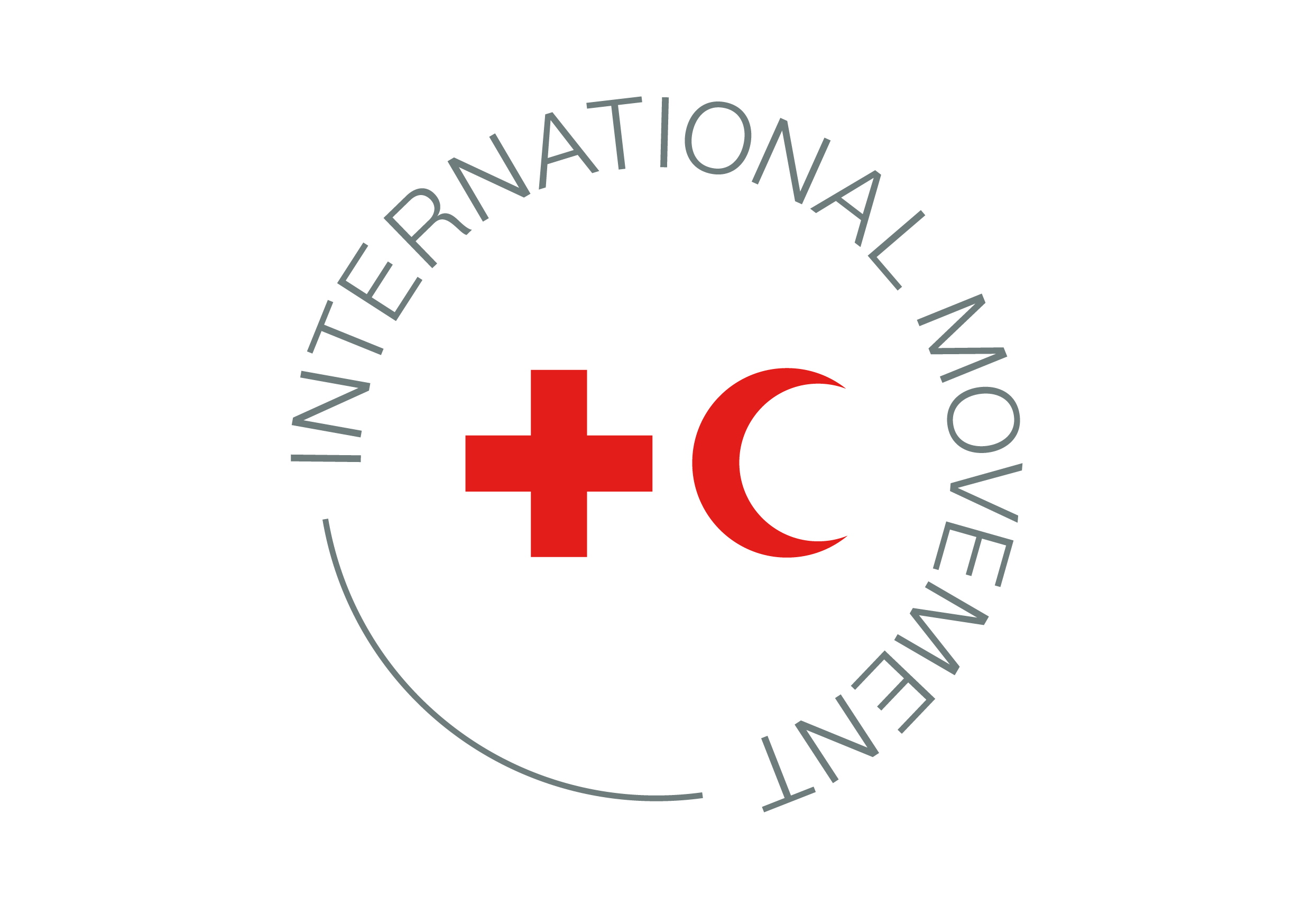A) Objectives of the pledge:
With the support of the Red Cross and Red Crescent Movement Georgia Red Cross Society as auxiliary to the government in the humanitarian field responds in the frames of epidemical and pandemic risk prevention and risk reduction.
Georgia Red Cross Society in the close cooperation with all the key actors in this field, including Ministry Of Internally Displaced Persons From The Occupied Territories, Labor, Health and Social Affairs of Georgia, National Center For Disease Control and Public Health (NCDC) and respective international organizations, prevents and responds to the epidemic and pandemic risks through the strengthening of its institutional and operational capacities, establishing teams of properly trained community volunteers and raising awareness of communities at risk on epidemic preparedness and response to reduce the possible negative impact of the public health emergencies.
This is joint pledge of Georgia and Georgia Red Cross Society
B) Action plan:
– Strengthening the cooperation with the government, non-state actors, key stakeholders, and movement partners.
– Risk assessment in the regions with high-risk epidemic and pandemic outbreaks
– In accordance with assessment results elaboration of risk mitigation and response plans.
– Providing health protection and personal protective equipment for the Emergency Response Teams (ERT) volunteers
– Retraining of the existing emergency response teams (ERT) for the epidemic and pandemic prevention and control
– Advocate with national health authorities and ministries of emergency situations for the inclusion and clear definition of the National Society role in country response plans/agendas.
– Support for local health authorities in the implementation of the International Health Regulations (IHR) and other relevant public health laws and regulations in emergencies, model disaster law, etc.
– Enhance mechanisms of inter-sectoral coordination with the main RCRC Movement, WHO, UNFPA, and other UN agencies and international NGOs at the field level.
C) Indicators for measuring progress:
– Number of GRSC staff capable to train volunteer instructors
– Number of community volunteer trainers properly trained to disseminate correct knowledge and information further into their own communities
– Number of local communities capable to cope with health-related consequences of disasters and crisis
– Number of a simulation exercise to demonstrate their capacity to respond to health-related consequences of disasters and crisis
– Number of copies of informational educational material
– Number of meetings with the relevant key stakeholders
– Project progress reports, media, partners and beneficiaries feedback
D) Resource implications:
The State and/or National Society will determine the resources that may be required to carry out this pledge based on the objectives and actions they choose to take in their specific context.
The International Committee of the Red Cross, the International Federation of Red Cross and Red Crescent Societies, and the Standing Commission of the Red Cross and Red Crescent, in its function as Trustee of the International Conference of the Red Cross and Red Crescent (the Conference), cannot be held responsible or liable in any manner for any user-generated content or posts on this Database. In the event that the Website team considers any post or content to be incompatible with the Fundamental Principles of the International Red Cross and Red Crescent Movement and/or with the objectives of the Conference, it reserves the right to remove such content.

